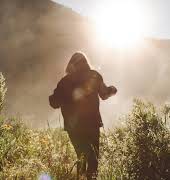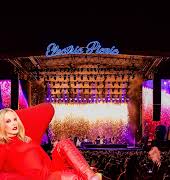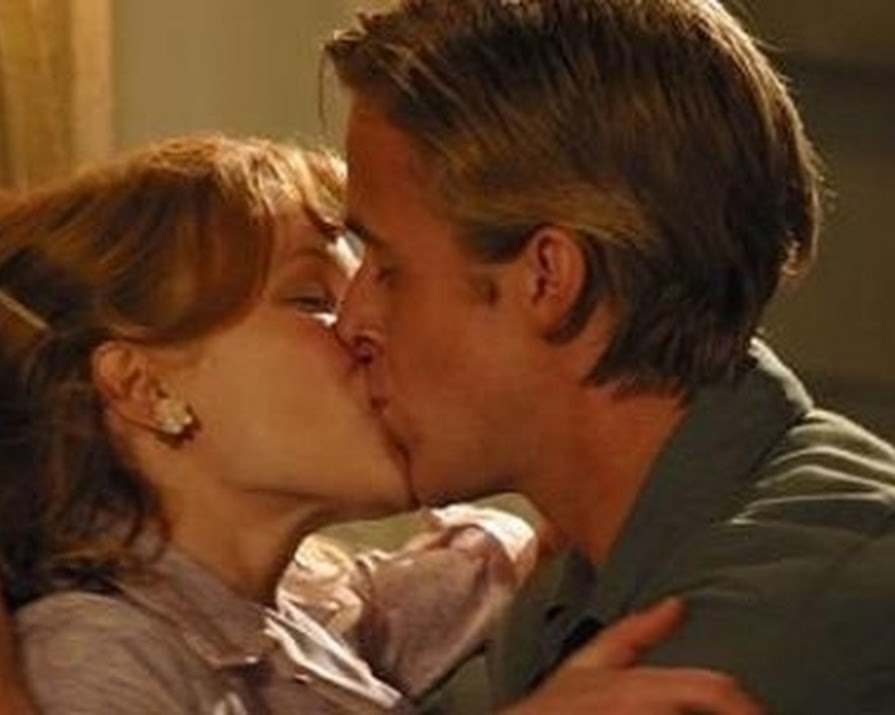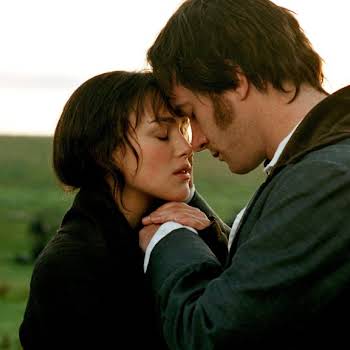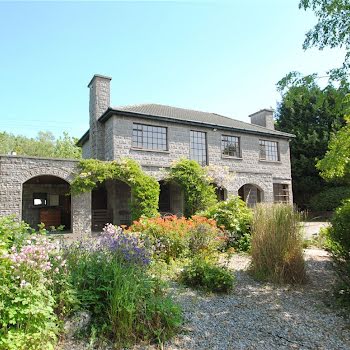
By IMAGE
22nd Oct 2014
22nd Oct 2014
It’s a question we often ask ourselves (ok maybe not that often), “Who were the first people who decided ‘hey, maybe you and I should have sex?'”. We’ll probably never become privy to such juicy information, but what we do know, is where it all began; the origins of sex as we know it today.
In what will come as great news for the Scots, science now tells us it was in a lake in Scotland where the first experience of copulation, though somewhat different what you’d find Samantha from SATC enjoying, took place. No, it wasn’t a spotty-faced guy and a young, saint-like girl, awkwardly fumbling in the water after sharing a finger of Scottish shortbread, they weren’t even people at all. They were primitive fish who got it on whilst lying side by side in these lakes and it was about 380 million years ago, as per the BBC.
Needless to say, they wouldn’t have had much at their disposal in terms of spicing things up. No sex toys, no lingerie fit for a fish, nothing.
While studying their fossils, the head of this research, Professor Long, noticed that the male fish seemed to possess something resembling the beginnings of a penis, or ‘large bony claspers’ as he called them. Saucy, right?

It was then observed that the female’s structure seemed receptive to its male counterpart, in the same way women’s sexual organs are designed to fit the male penis today. And then, as their arms supposedly got to work ‘like cheese graters’, it was business time.
Explaining this odd method of intercourse, Professor Long told the BBC:
“We have defined the very point in evolution where the origin of internal fertilisation in all animals began…?That is a really big step.?The little arms are very useful to link the male and female together… so the male can get this large, L-shaped sexual organ into position to dock with the female’s genital plates, which are very rough, like cheese graters.?They act like Velcro, locking the male organ into position to transfer sperm.”
“They couldn’t have done it in a ‘missionary position’, he said. “The very first act of copulation was done sideways, square-dance style.”
As sexy as that sounds, the fish community decided spawning made much more sense, so they threw in the towel on their romantic encounters, decided never to come into physical contact with one another again, and left it to the sharks and rays, years later, to bring sex back into the mainstream.
And that, dear IMAGE.ie reader, is the original story of the birds and the bees. No storks involved.
You can read more about this research if you so desire by checking out the Journal of Nature.


